Breakthrough Photography X100 Glass Graduated ND Filter Review
Breakthrough Photography Filter System
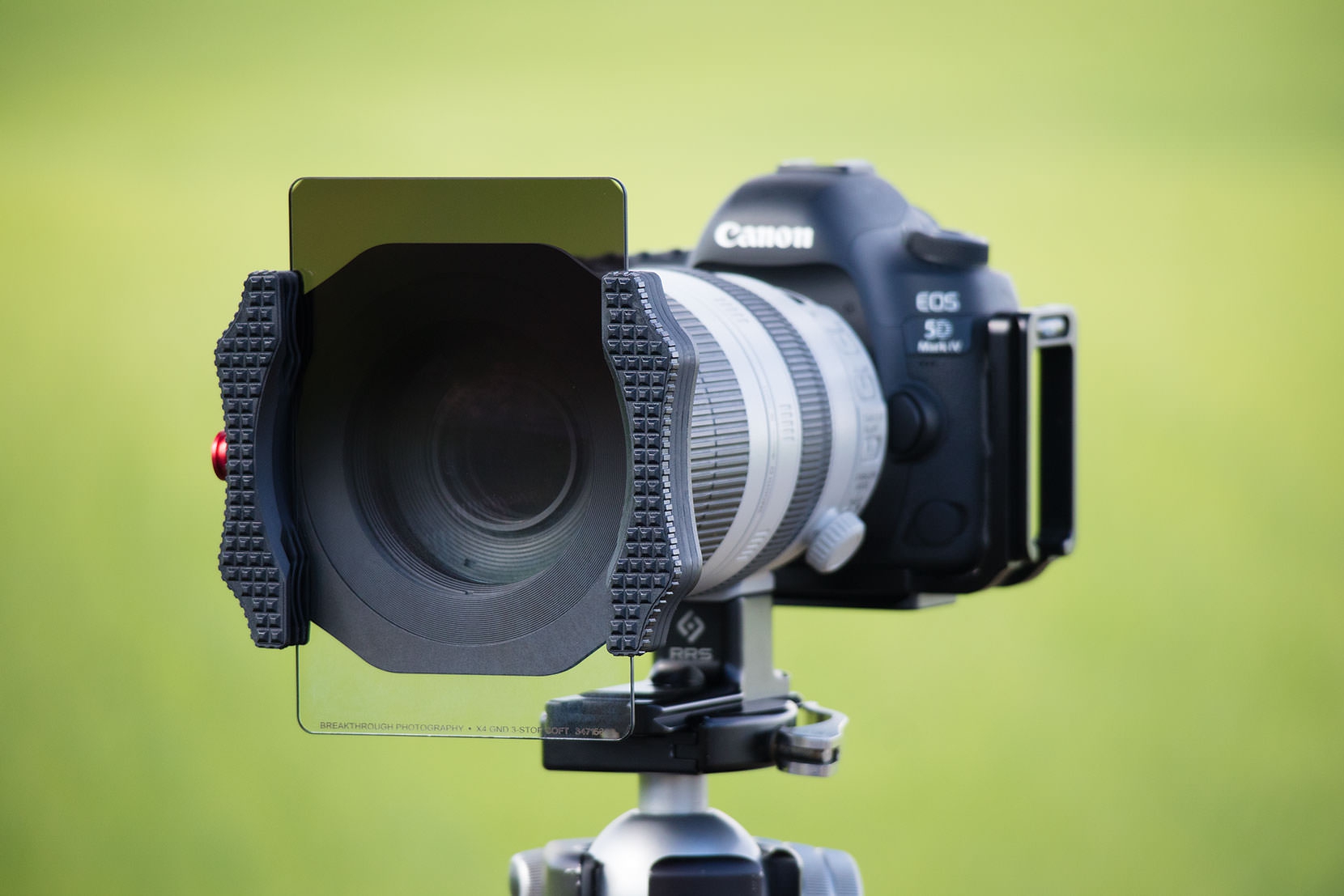
It’s been many years since I have used graduated filters in the digital landscape. I had the usual set of three, perhaps similar to the ones you own right now, but all mine came to a grizzly and somewhat humourous end. The first dropped out of my pocket in a mountain car park in Canada… and then I stood on it. The second was funnier; I was at Hanoix Lighthouse in Guernsey and I saw if float past me and out to sea. The third? I euthanized it as it had a manufacturing fault running through the very centre of it, whcih I thought was a sensor fault. All of this was before 2008, so it’s been ten years since I have used a graduated filter system, other than screw on polarisers and ND filters.
Why is this? I have been a long-term advocate of the most inconvenient of filters – the computer. I spent most of my time in those early days actually trying to remove the effects of filters. You know what I am talking about – lighting imbalance. Black cliffs, black trees that are darker at the top and don’t get me started on lighthouses. Exposure blending was the future and I embraced it fully.
Now in ten years later in 2018, cameras have enormous dynamic range. Shadow recovery is so effortless, perhaps so easy that we must ask ourselves do we even need filters at all? Well that depends on whether you like post processing, so for the less computer-savvy, the graduated filter system will always remain a vital accessory. I am here to look into this particular filter system to explore its virtues with an opened heart.
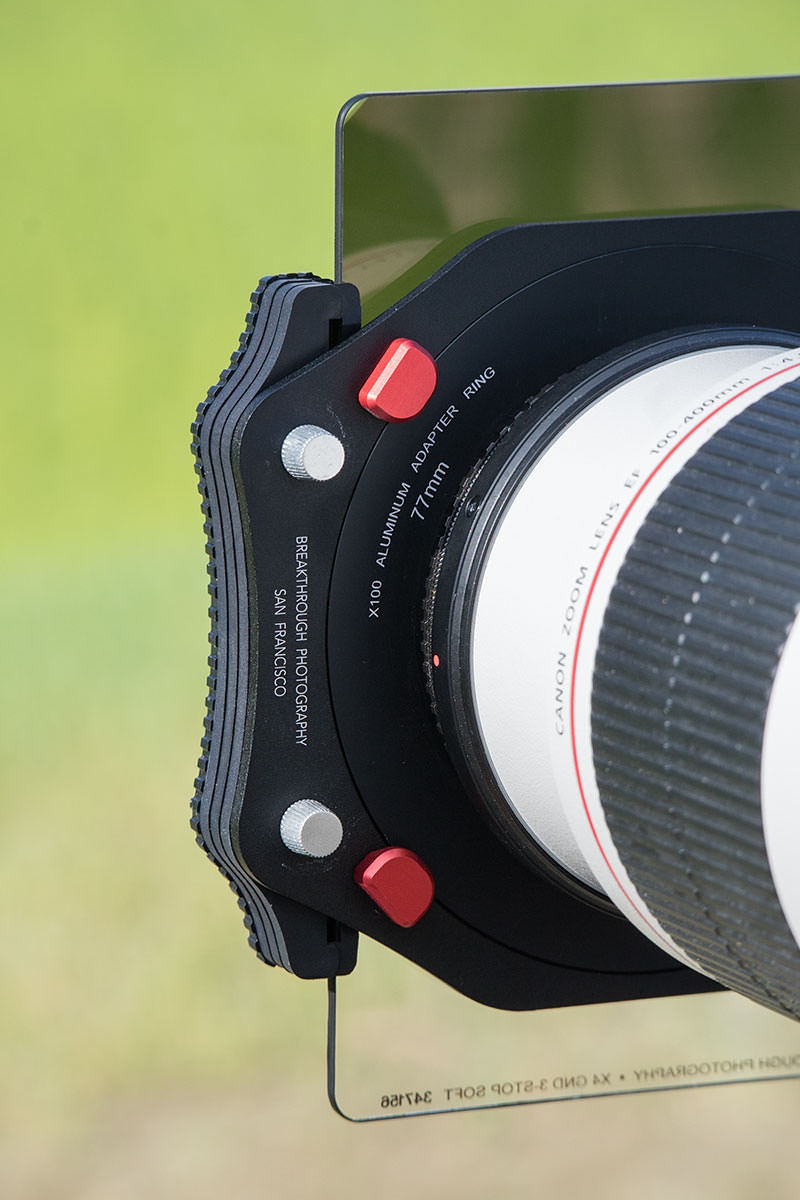
The System
The Breakthrough system is one quality product and may I start by saying the more metalwork the better. Over the last few months I have been using the metal X100 filter holder, a 77mm Aluminium Adapter Ring and range of 100x150mm Graduated Filters – 2 x 0.6 2-Stop (Soft and Hard) and also 2 x 0.9 3-Stop (Soft and Hard). The filters are glass not resin, made of tempered SCHOTT B270® optical glass from Germany. This is the basis of the Breakthrough lineup, a fundamental when dealing with high megapixel cameras. The graduations are super smooth and sport a 99.6% transmission of clear / filtered zones. Each one comes in a colour coded diamond pattern protective pouch, so you can differentiate your filters at a glance. I took the whole system to Tuscany, a graduated landscape mecca, to put it through its paces.
Firstly, I was initially concerned about dropping glass filters, considering my previous track record. The ND Grads are weighty, around 3-4mm thick and grip nicely in the hand, feeling tactile and easy to mount. They slide firmly and positively into the X100 holder, which also feels very professional in its construction. All my go-to Canon lenses are 77mm (my choice), so all I need is one filter ring for my setup and I was away.
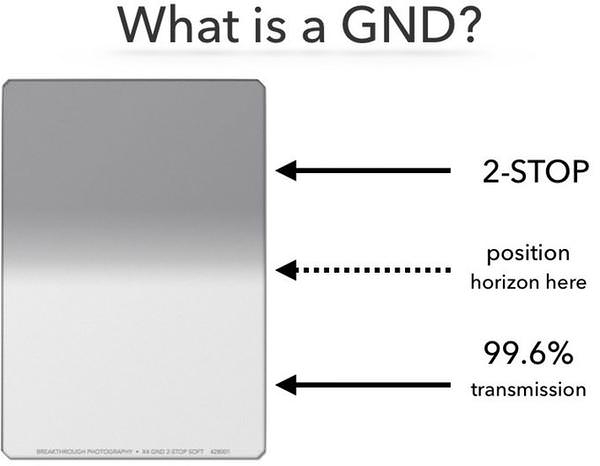
Correct Use
One of the biggest issues I see when running photo tours is the over use of filters. Everyone sets up and fits a graduated filter onto their lens, when a filter isn’t even required. Dynamic range is not only key, but the placement of tones in the correct part of the histogram is vital.
In this example, the sky is approximately three stops brighter than the shaded midtone grass (not the grass in bright sunlight which is higher than a midtone). Digital cameras have approximately three stops of highlights and as much as nine stops of shadows, depending on your camera manufacturer. With the whites close to clipping, this is a good example to demonstrate using a filter to control the highlights. Technically speaking, I should be just using a 0.3NDGrad, but a 2stop 0.6ND will work well.
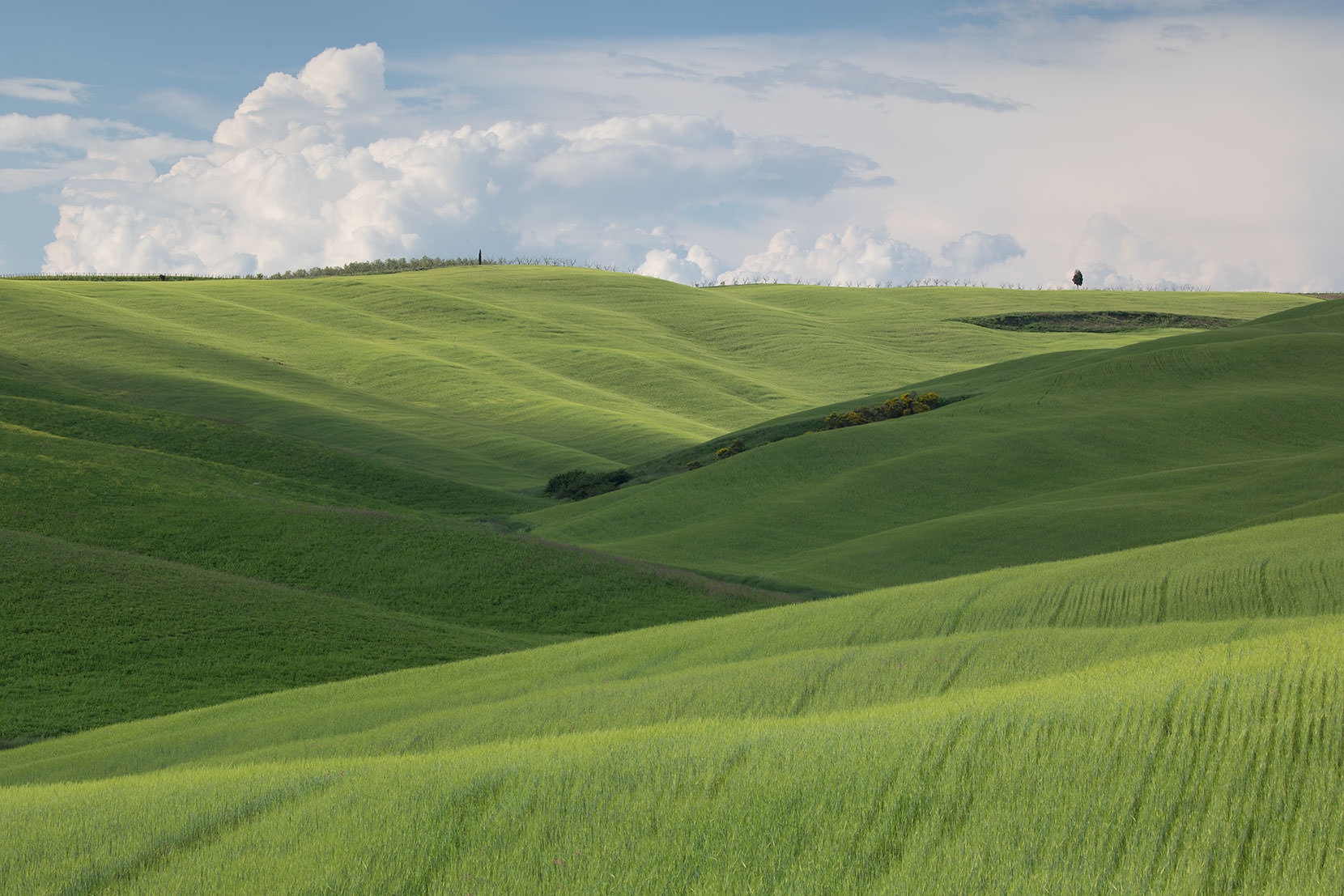
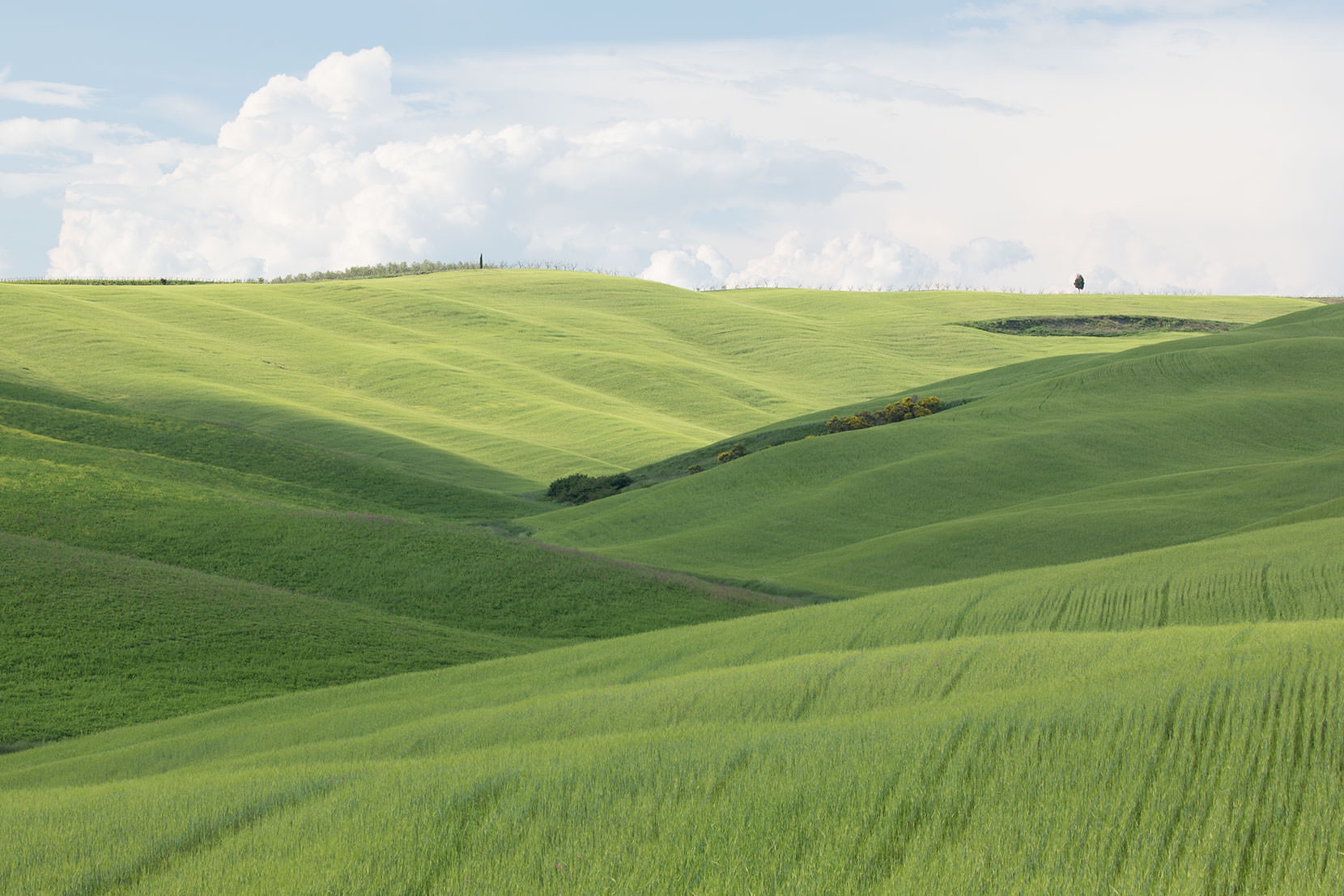
Here’s the picture with the ND grad and without. It’s taken on a 30mp 5Dmk4, using the 100-400 mk2. The detail with the filter is indistinguishable from the lens without, a crucial point in the Breakthrough glass design. Using the Schott glass is going to be essential when using cameras that have a pixel count push 50mp or more. I know if I was using a 100mp Phase One, I would be headed for the highest quality filters I could get my hands on and Breakthrough would be my choice.
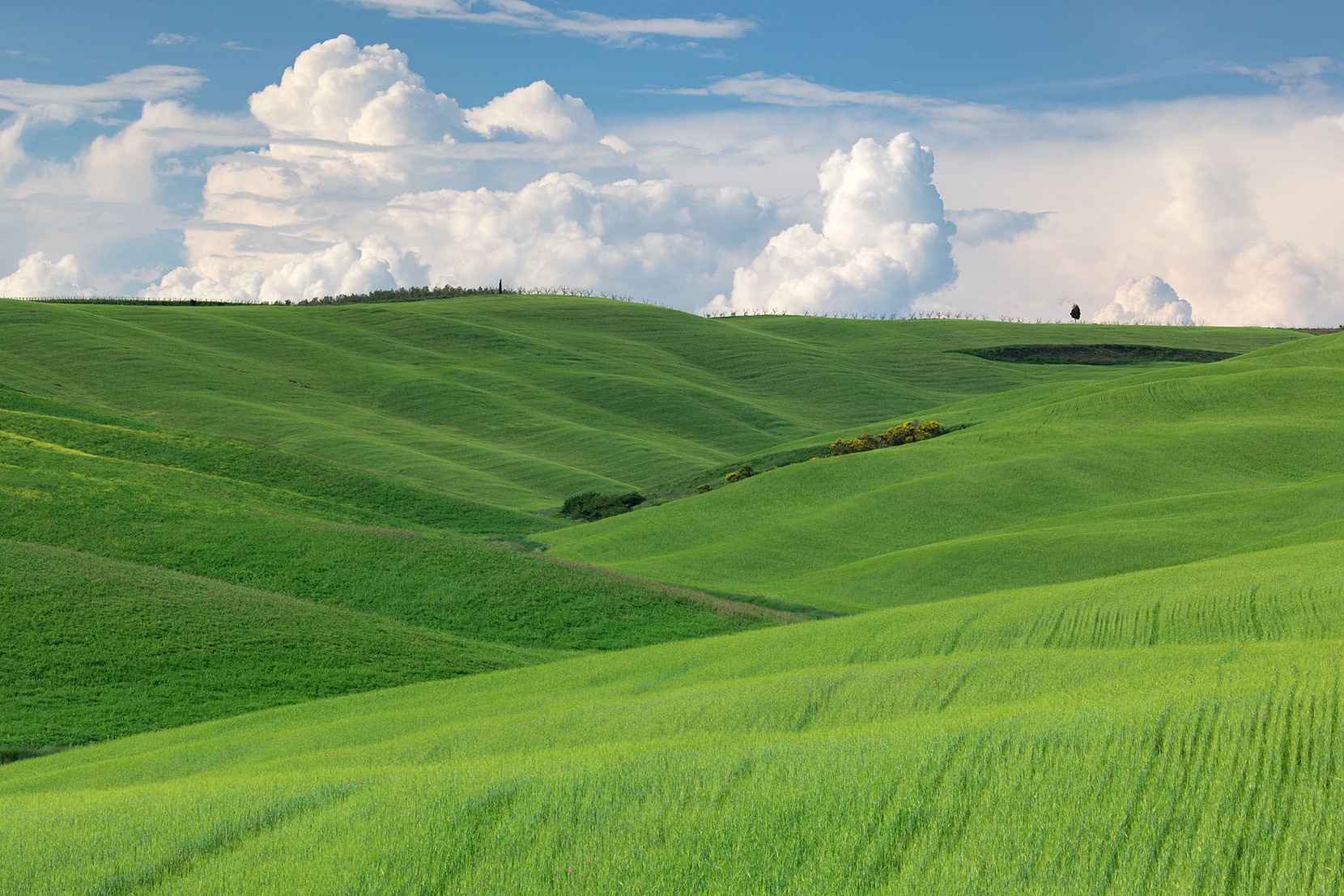
The filters are also indistinguishably neutral, which is absolutely vital if you want to avoid a confusing time in front of the computer. I used the system alongside my X4 CPL and could see no vignetting whatsoever, an incredible achievement.
Conclusion
The Breakthrough System is designed for photographers with high-end camera systems that are punching into 30-50mp bracket and beyond. That’s not everyone right now, but it should certainly excite those who own high-end models. Why spend all that money on the highest quality optics you can afford to place a piece of cheap plastic in front of it? It will appeal to not only the sharpness critical technical photographers among us, but also those who demand absolute colour neutrality. All too often I have seen photographers question the dubious results of stacking inaccurate ND filters, ridden with colour casts, and peered into the confusing post processing hole they have fallen into. The metal holder is superb, eye catching and cost effective, just like the adapter rings.
Breakthrough and their colour perfect, super sharp filters are company you can trust. If you require exceptional quality, colour neutral filters for your megapixel hungry camera, it’s hard to recommend any other brand. I am yet to use a 5Ds or similar 50mp camera, but alongside their exquisite polariser and specialist filter range, it is hard to control the highlights that this company keep delivering!
